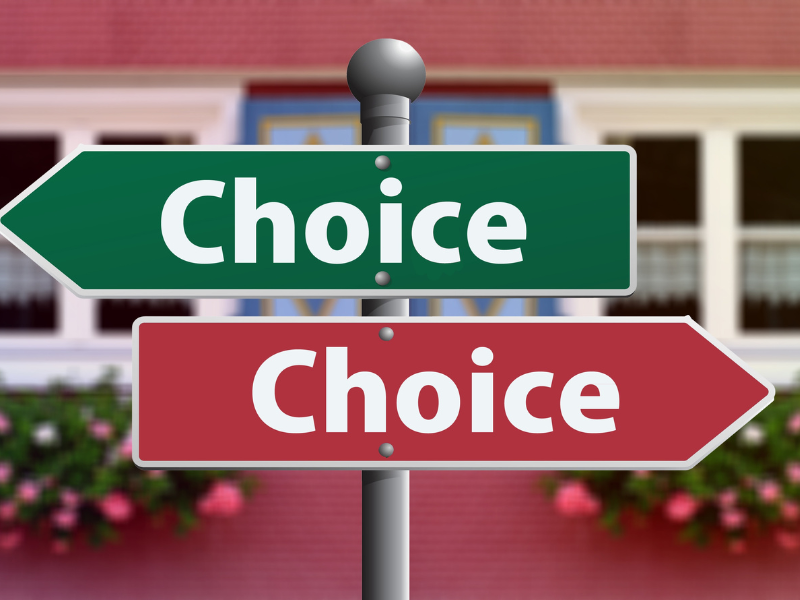Parents need a choice if their child’s school is failing, and a charter school may very well provide that escape valve.
Due to pandemic-related issues, declining birthrates, inferior education, radical curricula, etc., government-run schools are bleeding students. Whereas traditional public schools (TPS) had 50.8 million students enrolled in 2019, the number had shrunk to 49.4 million one year later. The federal government now projects that public school enrollment will fall even further – to 47.3 million – by 2030, an almost 7% drop in 11 years.
Where are the kids going? The U.S. Census Bureau reports that families are moving to private schools and setting up home schools at a great rate. But what can parents do if they can’t home-school or afford a private school and there are no educational freedom laws on the books? Their option then would be charter schools,which are independently operated public schools of choice that aren’t shackled by the litany of rules and regs that TPS are encumbered with and, importantly, are rarely unionized.
Unlike TPS, if charters are failing, they are actually held accountable. They must regularly gain the approval of their authorizing body, and, most importantly, they must please their customers – parents and their children. If they don’t do a good job, they cease to exist. Additionally, they must abide by all state and federal laws, civil rights statutes, safety rules, standard financial practices, etc. At this time, there are 3.7 million kids enrolled in 7,800 charter schools in 45 states and D.C..
During the pandemic, charter schools increased their enrollment, experiencing growth in all but two of the states that host charters. The National Alliance for Public Charter Schools reports that nationwide, “public charters increased enrollment by 7%, while traditional public schools decreased by 3.5%. States that boasted the most growth in charter school enrollment include Washington (47%), Mississippi (37%), Oklahoma (30%) and South Carolina (25%).”
In June, the results of a blockbuster study conducted by Stanford University’s Center for Research on Education Outcomes (CREDO), were released. As Kevin Mahnken explains in The 74, the study focused “on charter school performance in 29 states, as well as Washington, D.C. and New York City, incorporating standardized test scores between 2015 and 2019. All told, over 80% of tested public school students were included in CREDO’s data set. More than 1.8 million charter students were each paired with a ‘virtual twin’ (i.e., a nearby pupil possessing similar demographic traits and prior test scores) enrolled at the district school that the charter student otherwise would have attended.”
Overall, charter school students experienced an additional 16 days of learning in reading and six days of learning in math compared to their TPS counterparts. Black students averaged 35 days more growth in reading and 29 days in math.
In New York State, charter students were 75 days ahead in reading and 73 days in math compared with their TPS peers. In Illinois, they were 40 days ahead in reading and 48 in math. In Washington State, 26 days ahead in reading and 39 in math.
The results were also considerable here in California, especially for charter management organizations. (While some charters are independently run, many are part of CMOs.) As EdSource’s John Fensterwald notes, when compared with similar students in district schools, “students in Los Angeles-based Alliance College-Ready Public Schools gained the equivalent of 107 days in additional learning, about 40% of a year. Students in Bay Area-based Rocketship Public Schools gained three-quarters of a year in additional learning days in math, based on CREDO’s methodology.”
KIPP, one of the larger CMOs, started in Houston in 1994, currently operates 117 elementary, 121 middle, and 42 high schools, serving 120,000 students in 21 states and Washington D.C. A recent study reveals that KIPP, which enrolls mostly Black and Hispanic students from low-income communities, “greatly improved college enrollment and completion rates for students who attended both KIPP middle and high schools as compared to a similar group of children who applied but were not selected in the network’s lottery system.”
As Jo Napolitano reports in The 74, “KIPP middle and high school students were 31 percentage points more likely to enroll in a four-year college within three years of high school versus those students who were not selected, according to the study. And their likelihood of graduating college within five years after high school shot up by 19 percentage points.”
And now, a just-released study discloses that charter schools are a great investment. Professor of education policy at the University of Arkansas, Patrick Wolf, who spearheaded the research, reports that in reading, charters average 4.4 points higher on the National Assessment of Educational Progress (NAEP) tests per $1,000 spent than traditional public schools, “making charter schools 41% more cost-effective in reading.” In math,charters average 4.7 points higher per $1,000 funded, “making them 43% more cost-effective in math.”
Using wage data from the Bureau of Labor Statistics and the CREDO study, the researchers also found that each dollar invested in a student’s schooling in traditional public schools yields $3.94 in lifetime earnings. That same dollar invested in a charter school student yields $6.25 in lifetime earnings – a 58% higher return on investment over the course of a 13-year education.





